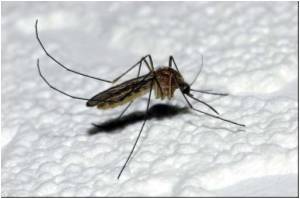
The process uses readily available substances and could be easily implemented by drug companies.
David Teager and Rodger Stringham of the Clinton Health Access Initiative explained that artemisinin combination therapy (ACT) is the most effective treatment for malaria, a parasitic infection that is transferred to humans from the bite of an infected mosquito.
Artemisinin, which is used to produce the key ingredient in ACT, comes from Artemisia annua, a medicinal plant grown in China.
In recent years, the price for artemisinin has undergone huge market fluctuations, ranging from about 180 dollars to 410 dollars per pound, due to weather conditions and the demand for ACT.
Keeping costs down is important because most cases of malaria occur in developing areas in the tropics and subtropics. The researchers reasoned that one way to help stabilize prices would be to improve the current ACT manufacturing process, which consistently yields less of the ingredient than expected.
Advertisement
The new process is much simpler and generates less potentially hazardous waste than the current method. It also reduced the amount of artemisinin required to make ACT, which makes the process less costly.
Advertisement
"We are in the process of sharing this procedure with manufacturing partners in our global fight to combat malaria," the researchers said.
The study was reported in ACS' journal Organic Process Research and Development.
Source-ANI











